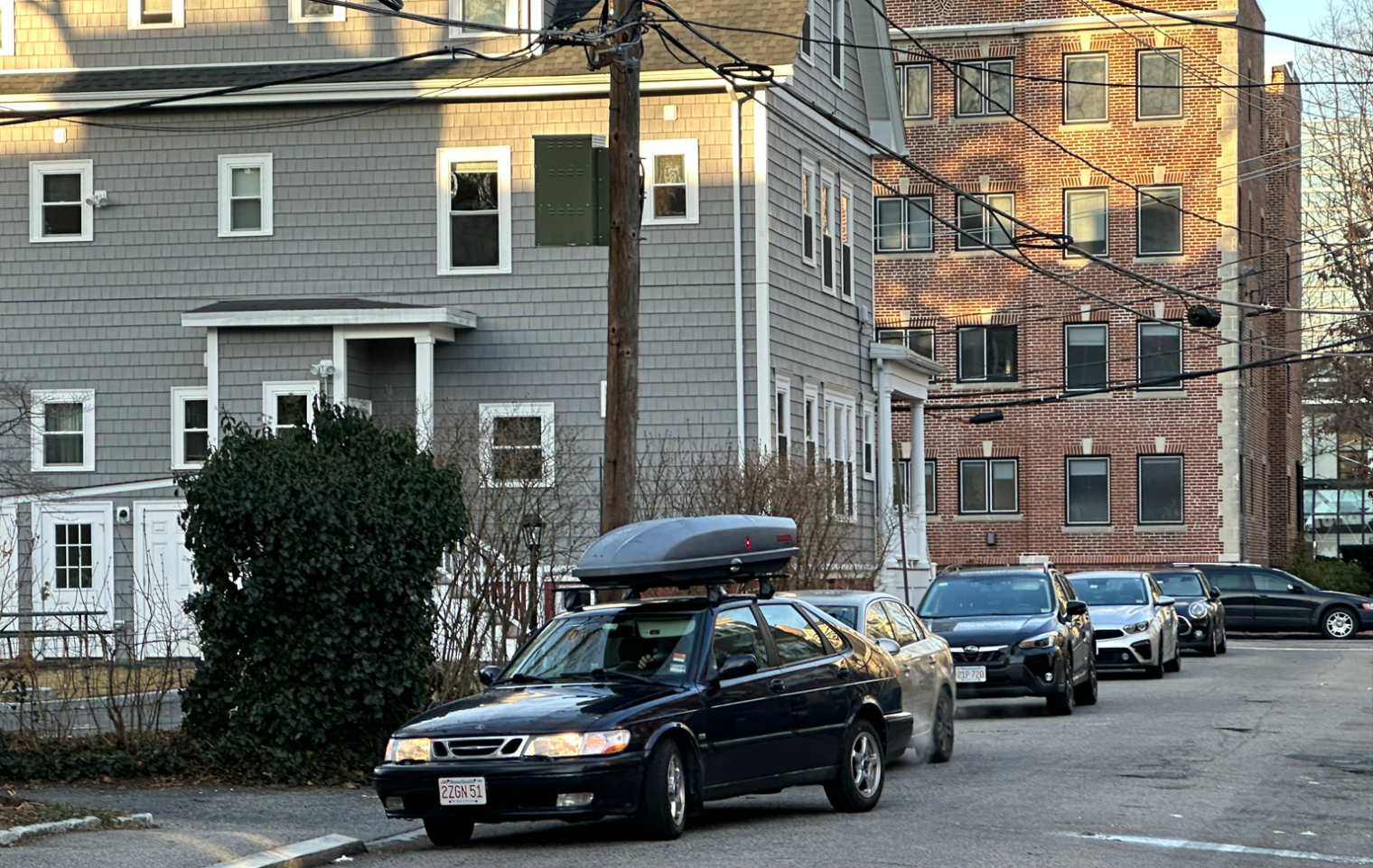People who paid last month’s price for a Tesla are upset that this month’s price is a lot lower. See “‘I feel duped’: Tesla price drop angers current owners” (Bloomberg/LA Times), for example:
Marianne Simmons, a self-professed “Tesla fan girl,” bought her second electric vehicle from the company in September: a white, high-performance Model Y costing more than $77,000. Then the company slashed prices on Thursday and she realized she could have bought the same car today for $13,000 less.
That’s the reality facing owners of Tesla vehicles after the company cut the price of its cars as much as 20%, part of a push from Chief Executive Elon Musk to increase sales volume in the face of weakening demand. For existing customers, the resale value of the cars they own will take a hit along with the drop in prices of new models.
Throughout coronapanic and Bidenflation, I’ve been wondering why car makers didn’t just auction every car as it came off the line (to dealers, not to consumers, except for Tesla). Why bother having a list price at all? Maybe the reaction to the Tesla price cut is part of the reason. Let’s move our minds back to the pre-Biden era. When sales slow down and car companies offer massive incentives to clear inventory, consumers don’t get upset. The list price of a car stays the same, but the price would come down from MSRP to dealer invoice to dealer invoice minus $2,000 “cash back” (back when $2,000 was real money!). Somehow people were okay with this variation. But a variation in the official list price cannot be tolerated!
I’m in Cambridge, Maskachusetts this week and the residents deal with this upsetting issue by continuing to operate their beloved Saabs:
(I didn’t see it when I lived here, but looking at these 140-year-old wooden houses brings to mind my Houston friend’s comment that the entire Northeast is “dilapidated”. He won’t go anywhere north of Washington, D.C. without a compelling reason.)
Related:

There are indeed a lot of “dilapidated” neighborhoods (don’t tell the Preservation or Historic Commission that!) that look run-down and ramshackle in College towns across the Northeast. It’s not limited to them, though. That street photograph could be a picture of one of my old neighborhoods in Chicago – there are an endless procession of them in the Windy City. Same style of architecture on the brick building, too.
And of course the discount sounds a lot more reasonable if you explain it rationally, but I know from some of my work with a new/used car dealership that prospective car owners can be very sensitive – even completely turned off – if even something small chances in the way cars are sold. They expect things to be as they have read, and even a few sentences changing that – on a postcard mailer, for instance – can turn them off. They’re fickle! And with all the extra publicity because This is Tesla, I can see that effect being even more amplified.
In other words, Philip, you’re smart enough to make me understand this discount, but not everyone is as enlightened as we are! 🙂
Didn’t see any price cut. The model 3 is still way above what it was 2 years ago. The tax credit still expires at what was an average salary 10 years ago, $150,000. The government let those tax credits expire through wage inflation.
“I didn’t see it when I lived here, but looking at these 140-year-old wooden houses brings to mind my Houston friend’s comment that the entire Northeast is “dilapidated”.”
Those 140-year old wooden houses have “character”!
Buy now sob later.
Yes, I had a bit of expat ‘return shock’ when visiting Boston after several years in Europe. Everything looked more dilapidated to me in comparison. But it happens everywhere there is old construction (Germany had to reconstruct).
Reminds me of taking a train passing through belgium via Brussels and just astonished at how dilapidated the roofs of Belgian city housing looked like. They looked like shanty towns.
As a person new to Cambridge – what is the deal with all the Saabs? I’m guessing it’s because they’re quirky/different, small and easy to park, and somewhat high-status-y. But it still strikes me as odd to see so many cars from a company that’s been defunct for several years now.